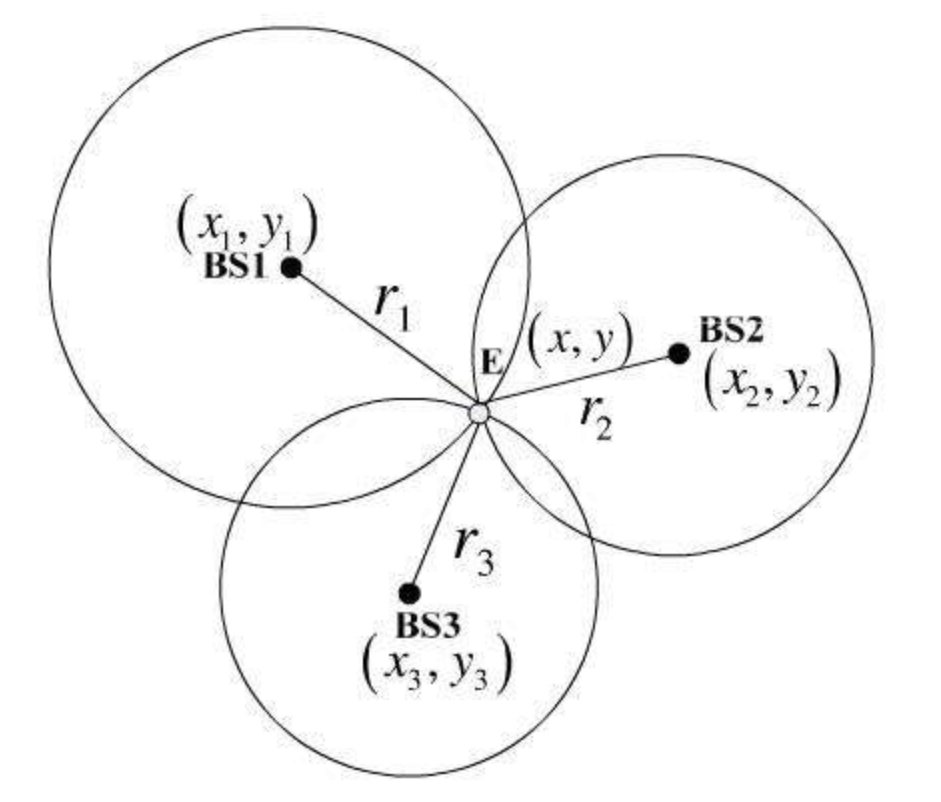The Bluetooth positioning technology was first initiated by Nokia, but due to the limitation of the technology at the time, it did not have a major impact. In 2013, Apple released the Bluetooth 4.0-based Low Energy Protocol (BLE)-iBeacon protocol. For the retail industry, due to its low power consumption, easy deployment and other convenient features, it has quickly gained market recognition and has become one of the mainstream Bluetooth positioning technologies. It is difficult for many small partners who are new to Bluetooth positioning to have a clear understanding of the accuracy of Bluetooth positioning, and it is difficult to evaluate whether the Bluetooth technology itself can meet their own needs. When determining the accuracy of Bluetooth positioning, let's take a look at the principle of Bluetooth positioning.
Currently Bluetooth 5.1 has not been put into the market in large quantities. The current Bluetooth positioning technology on the market is mainly based on the principle of Bluetooth's RSSI (Received Signal Strength Indication) signal strength indication, and the position is determined according to the signal strength between the positioning terminal and the positioning device. In the positioning application, Bluetooth positioning, like GPS and UWB, also uses triangulation to achieve location services. As shown in the figure below: As shown in the figure: Point E sends out a signal and is received by BS1, BS2, and BS3 at the same time. The triangulation algorithm inversely derives the coordinates of point E through the three known coordinates.

1. The electromagnetic interference problem in the real environment
If in an environment without electromagnetic interference, Bluetooth positioning accuracy can reach the centimeter level. However, in practical applications, numerous electromagnetic devices cause the signal source to be noisy, making it difficult for the positioning accuracy to reach an ideal state;
2. External environmental impact
In actual application scenarios, it is difficult to achieve no shielding, interference, etc. between the positioning point and the positioning device. During the radio transmission process, scattering and diffusion are formed, making the change of signal strength more difficult to monitor
3. The Bluetooth RSSI signal is not completely stable
The RSSI of Bluetooth itself is not strictly linear and not completely stable. In the same location, the value of Bluetooth RSSI also changes, which makes it difficult to be unique in positioning.
Based on the above reasons, Bluetooth positioning accuracy is difficult to achieve ideal positioning accuracy in real applications. How to evaluate the positioning accuracy of Bluetooth in practical applications? Under normal conditions, Bluetooth positioning accuracy has a relatively strong relationship with the density of positioning anchor points (iBeacon base station or Bluetooth gateway). The basic evaluation principle is that the positioning accuracy is 1/3 of the positioning anchor point. That is, if a positioning is deployed at 6 meters The anchor point, the positioning accuracy is about 2 meters.
At present, the above positioning accuracy is based on the current technology system. According to the Bluetooth 5.1 protocol, AOA (Angle of Arrival) and AOD (Angle of Launch) are introduced into Bluetooth positioning. In the future, Bluetooth positioning accuracy can reach the centimeter level.